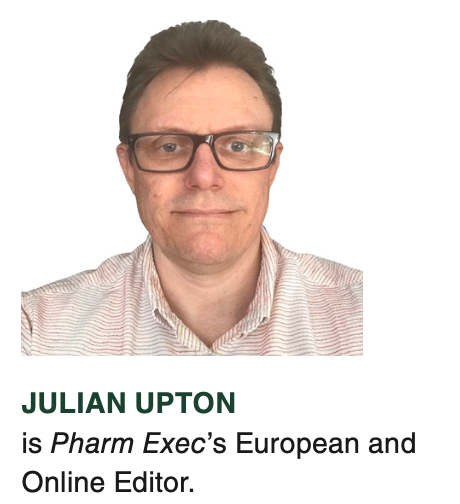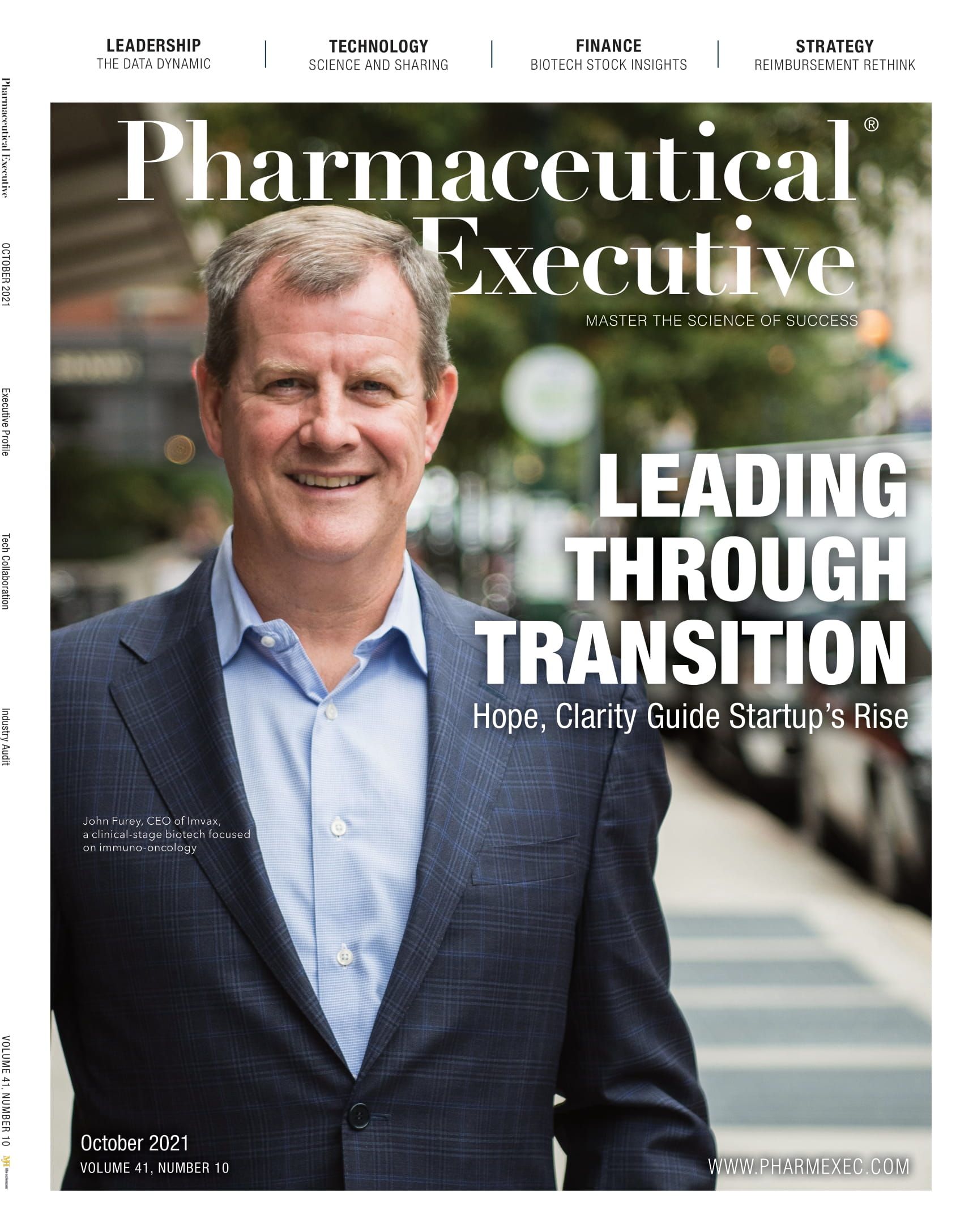Sharing the Science: Pharma’s Content Evolution
How the sharing of scientific content with HCPs is shifting in an era of accelerated digitalization.

"Healthcare professionals (HCPs) have always wanted scientific content, but I think it’s fair to say that the industry has not always delivered on the challenge of providing it,” says Jan van den Burg, CEO of Tangent90, a company that creates solutions to support pharma companies in their digital engagement with HCPs. What HCPs have typically received has leaned more toward promotional content, he adds. But with digital activities boosted by COVID in the last 18 months, pharma companies have found themselves more compelled to deliver on customer centricity. There is a shift now, says van den Burg, toward more scientific communications. “We are seeing about 800 clinical papers being shared by each company; that equates to about a million clinical papers being shared collectively.”
Getting the right content to HCPs is critical for achieving the right engagement. As Rob Stuart, managing director, sales and marketing for NEJM Group (publishers of the New England Journal of Medicine) points out, “HCPs and physicians need to be lifelong learners; they’ve got to stay up to date on all of the current scientific research and content, all the peer-reviewed research, in order to provide the best patient care.” This pressure has become even more pronounced during the pandemic, he says, because of the crunch for time. With physicians having to prioritize the limited time they have to stay up to date, “they’re really leaning on the scientific peer-review content.”
Disseminating this content in the era of COVID-19 has created new challenges. The upheaval of the last two years has pushed NEJM to ramp up its digital offerings. “In the last 18 months, we’ve been basically publishing two journals’ worth of content a week because of all of the COVID-19 research,” says Stuart. “That’s over 500 peer-reviewed research articles, case studies in the form of letters, and podcasts.” As HCPs learn and consume content in different ways, NEJM has been creating clinical context around this peer-reviewed scientific content “in the form of short Quick Take videos, research summaries, and visual abstracts.” Says Stuart, “We’ve learned that what people are looking for from us is, ‘Tell me what I need to know and put that into a context that I can consume in the limited time that I have during the day.’”
There are some barriers, however, in the form of the regulatory and legal aspects of sharing journal articles. In the US, anything over $11.05 needs to be reported from a transfer-of-value perspective, including journal articles. Whenever a pharma company sends an email to a physician with a journal article attached, the physician needs to accept that transfer of value. In providing the carrying mechanism to get the content from the publisher into the hands of the HCP, as facilitated by pharma, Tangent90 addresses issues like this. “We don’t influence what content the HCP wishes to have and what life sciences companies wish to share,” says van den Burg. “Our focus is on that carrying of the content, through whichever channel it might be.” The company’s Trustrack solution manages, distributes, and tracks copyright content and provides data on HCPs’ scientific content consumption, channel use, and value transfer. It also captures HCPs’ consent and makes that consent data available for CRM platforms or other platforms where consent is managed.
However, as the path to sharing scientific content with HCPs becomes smoother, will it spell the end of the printed journal article? Are we in danger of cutting up content into easily digestible morsels at the cost of advancing medical knowledge? Rob Stuart counters this notion. “By using these digital chunks, if you will, it increases our ability to put the right content in front of the right people to let them know what’s important. There are plenty of people who can get what they initially need to know about a research article through a visual abstract or a Quick Take video,” he says. And this doesn’t stop “the need to have the research, to do the peer review, and to provide that quality evidence as part of the ongoing medical record.” Instead, the “digital chunk” approach “gives the power to the reader to decide how deeply he or she needs to go into that research.”
Adds Stuart, “There are so many ways to help healthcare professionals learn.”
Julian Upton is Pharm Exec’s European and Online Editor. He can be reached at jupton@mjhlifesciences.com.

Is Artificial Intelligence a ‘Product’? Products Liability Implications for AI-Based Products
April 10th 2025As the physical products we use evolve to become increasingly complex, traditional products liability frameworks may not always fit to provide remedies for harm that can result from using novel product types.
Is Artificial Intelligence a ‘Product’? Products Liability Implications for AI-Based Products
April 10th 2025As the physical products we use evolve to become increasingly complex, traditional products liability frameworks may not always fit to provide remedies for harm that can result from using novel product types.
2 Commerce Drive
Cranbury, NJ 08512
All rights reserved.